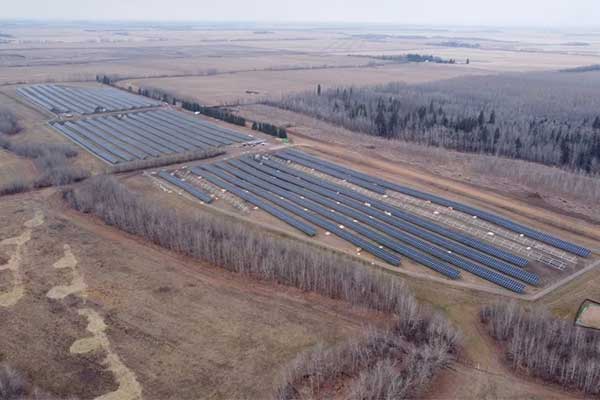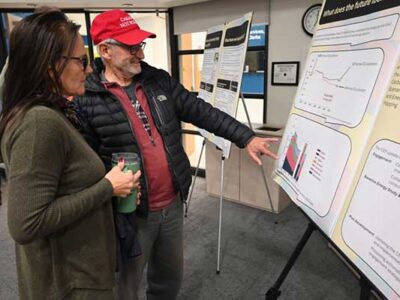- The Métis Nation of Alberta is embracing renewable energy with "Salay Prayzaan," a solar farm that reflects their strong bond with nature.
- This initiative, generating enough power for 1,200 homes, marks a significant step towards the Nation's net-zero emission goal.
- Learn about the profound impact of this project on both the environment and the cultural values of the Métis community.
The Métis Nation of Alberta (MNA) is pioneering a path towards environmental sustainability with its innovative solar farm project, “Salay Prayzaan,” meaning “gift from the sun” in Michif. This initiative, situated north of Métis Crossing in Smoky Lake County, is part of a broader movement of Indigenous-led solar projects in Alberta, which includes developments at Lubicon Cree Nation, Fort McKay First Nation, Beaver Lake Cree Nation, and Louis Bull Tribe at Maskwacis.
The project, which emerged from the community’s desire for climate action, is set to generate 4.86 megawatts of energy, enough to power approximately 1,200 homes.
This development is significant for the MNA, aligning with its consumption needs and propelling it towards its goal of net-zero emissions, both internally and across the nation.
It’s expected to offset about 4,700 tonnes of CO2 annually, contributing significantly to environmental preservation.
The solar farm represents more than just a renewable energy source; it symbolizes the Métis community’s deep-rooted connection to the land and natural elements.
Jennifer Pylypiw, the MNA’s environment and climate change engagement and policy manager, emphasizes this connection, noting the community’s long-standing relationship with the land, skies, and waters.
Salay Prayzaan is seen as a testament to the Métis way of life, embodying values of gratitude and respect for nature’s gifts.
The choice of solar power was informed by Alberta’s climate, characterized by abundant sunshine and less wind, making solar energy the most viable option.
Andres Filella, the MNA’s director of environment and climate change, points out that Alberta’s unique energy gifts, including traditional and renewable sources, make it an ideal location for solar power generation.
Earlier this year, the federal government recognized the importance of such initiatives, announcing an investment of over $160 million in Indigenous-led solar projects in Alberta.
This investment underscores the growing recognition of renewable energy’s role in sustainable development and the importance of Indigenous leadership in this domain.
Salay Prayzaan is not just a project for the present; it is an investment in the future.
It stands as a symbol of hope and a commitment to future generations, embodying the principle that every new day is an opportunity to foster a stronger relationship with the environment and move forward sustainably.
The solar farm is a significant step for the Métis Nation of Alberta, demonstrating their dedication to environmental stewardship and sustainable living.













Comments